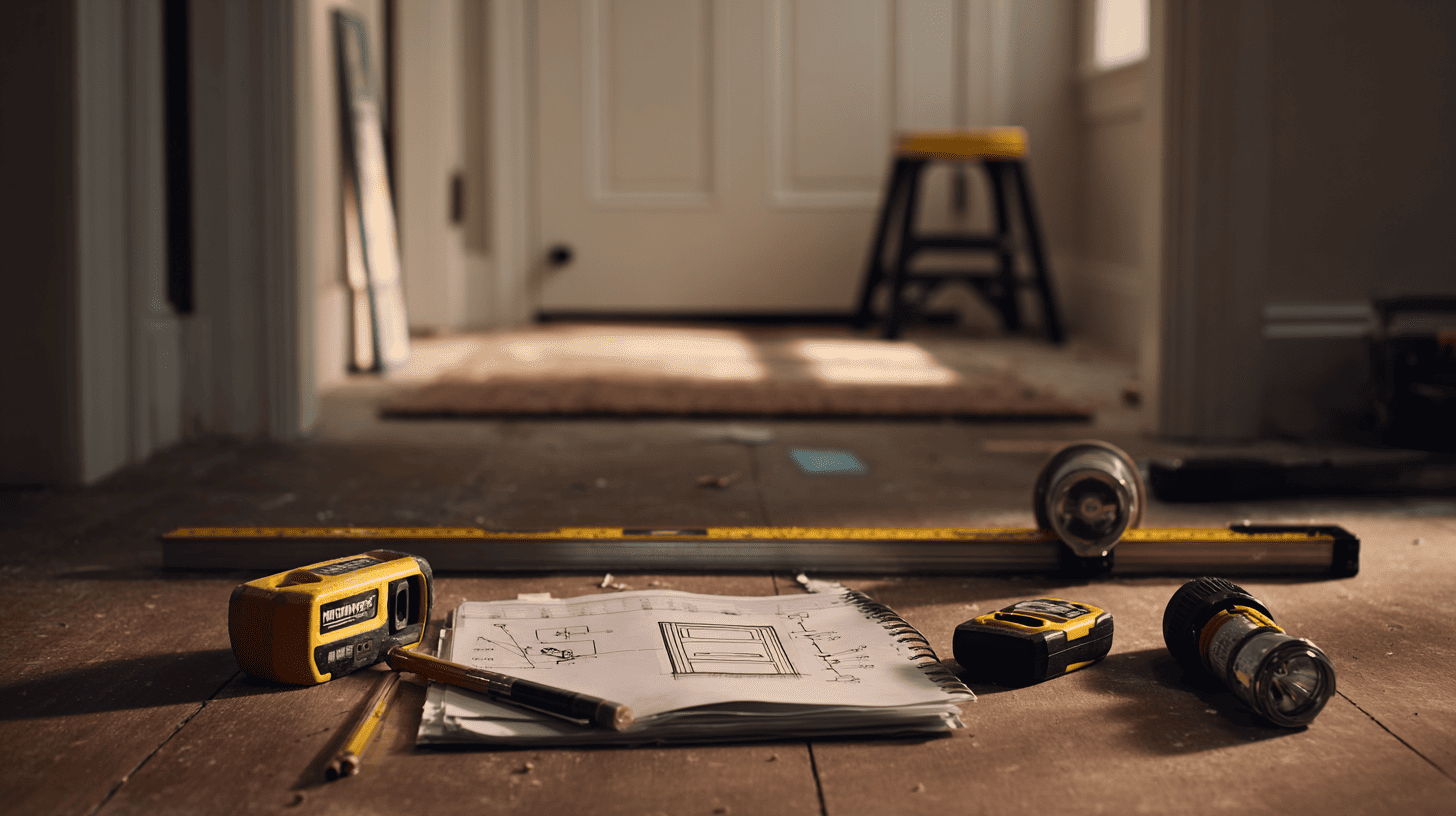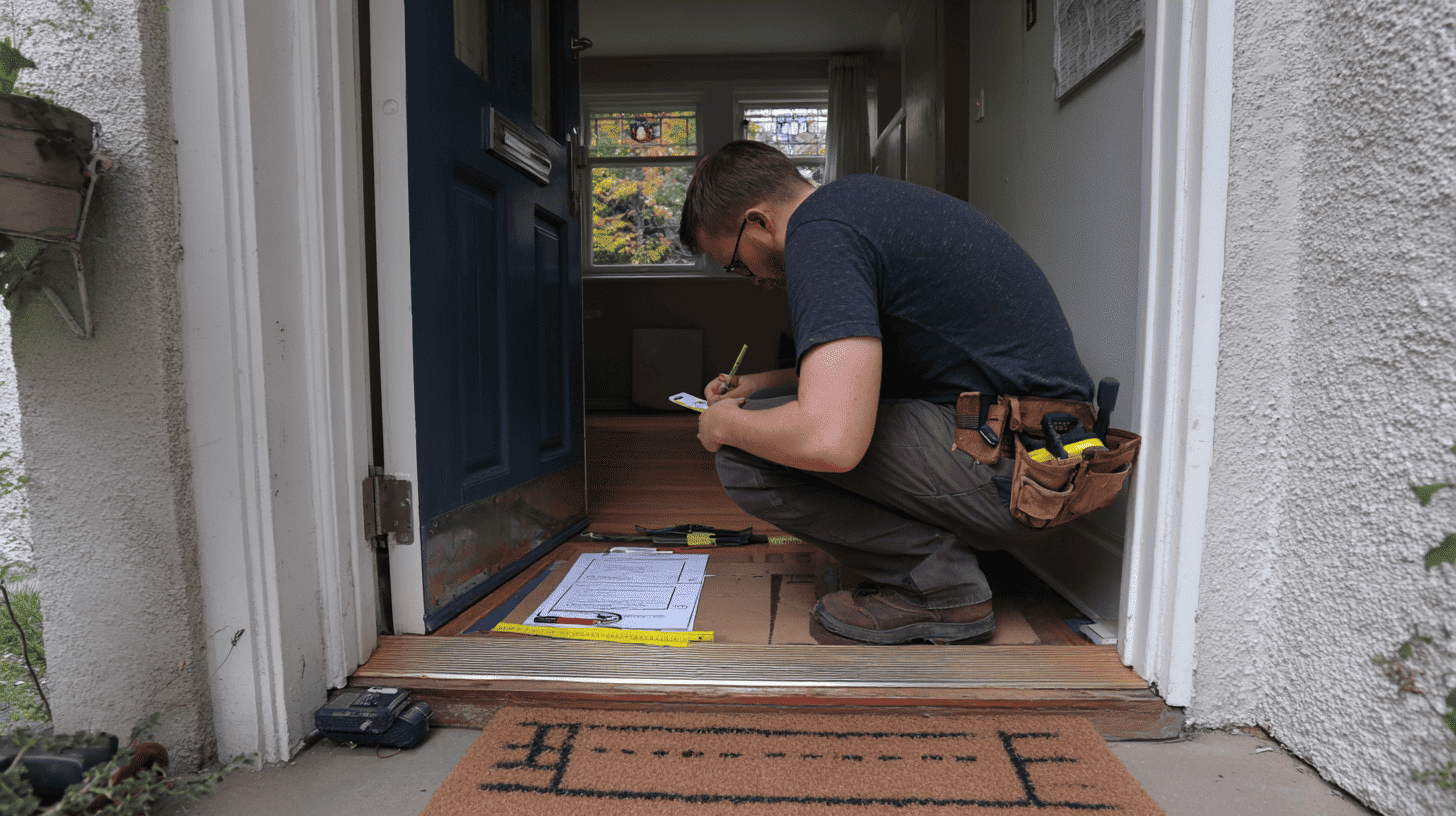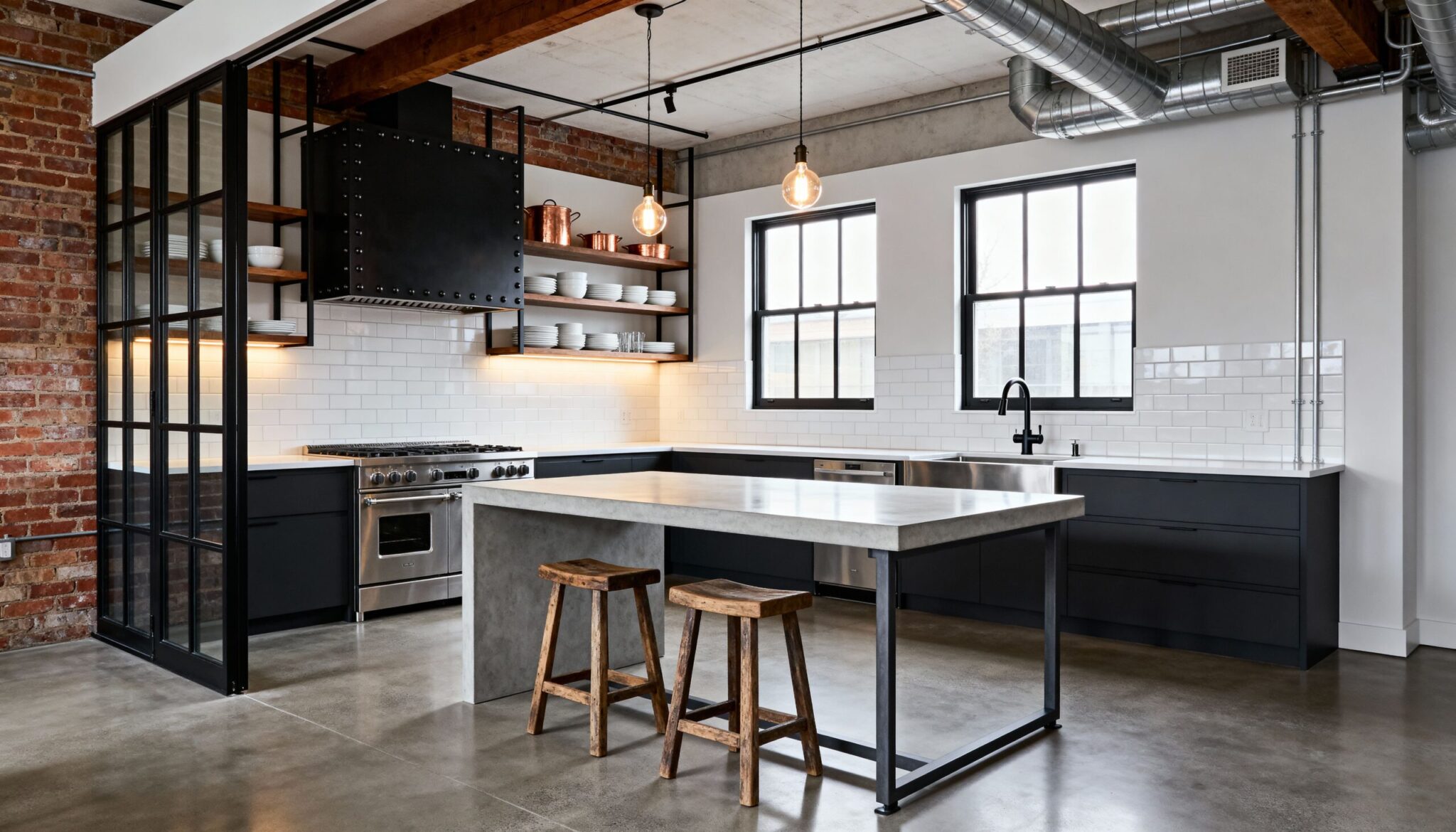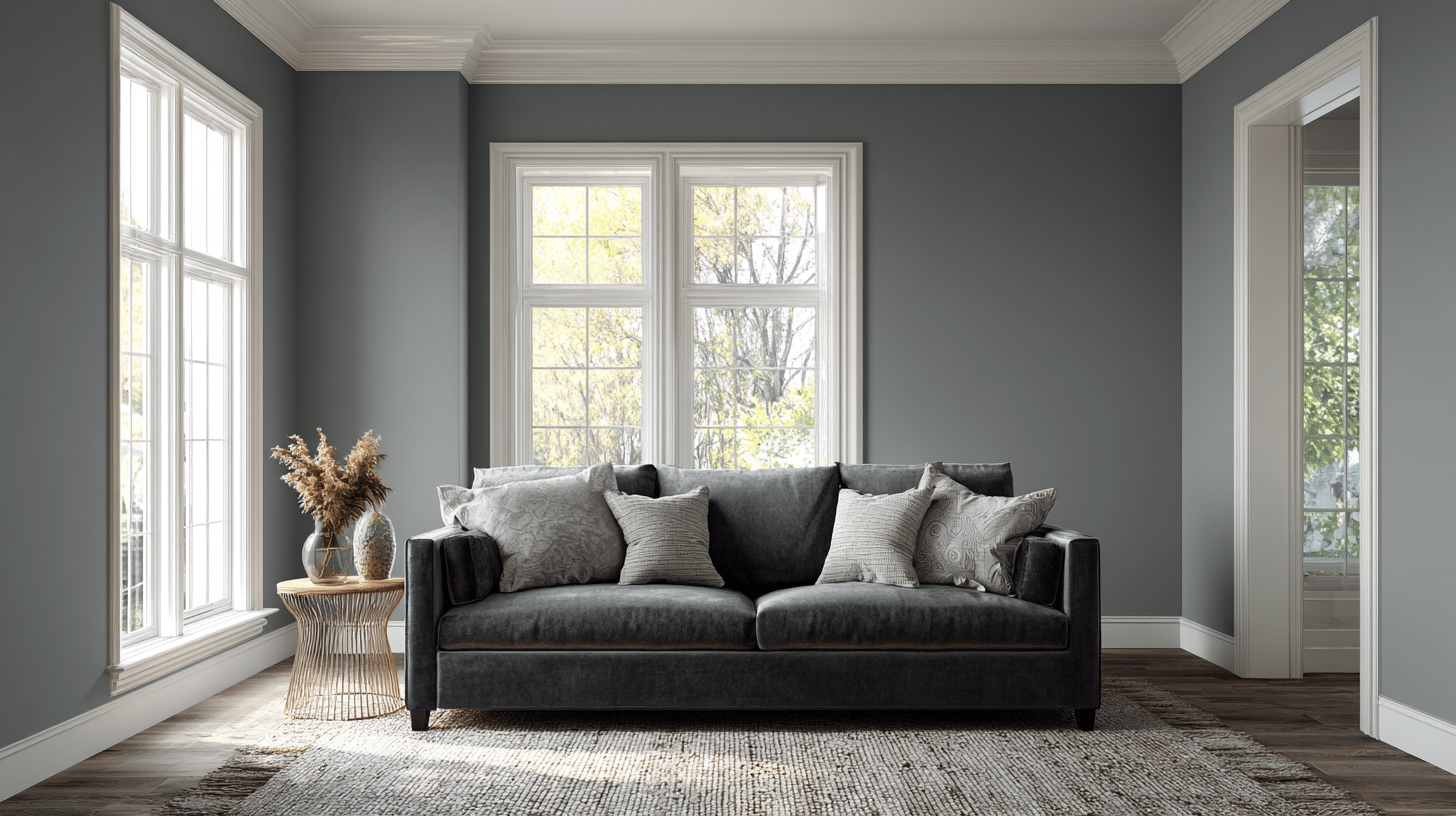A door that’s too big or too small creates problems. You may experience gaps that allow cold air to enter. The door might not close properly. Sometimes you’ll need expensive fixes later.
But here’s the catch: measuring doors is easy when you know the steps. You just need basic tools and a simple method.
This guide shows you how to measure door width, height, and thickness accurately.
We’ll cover standard door sizes and share tips to avoid common mistakes.
Why Accurate Door Measurements Matter?
Getting your door size right is crucial for a successful installation. When owners don’t measure properly, even the best door won’t fit well.
A poorly fitted door creates many problems. You might see gaps around the edges. The door could swing unevenly or not close tightly. For doors inside your home, this means daily frustration.
Outside doors are even more important to get right. Wrong measurements can let cold air in and waste energy. Your home might not stay secure either.
When you measure carefully, everything goes smoothly. You won’t need to return the door. You’ll pick the right size the first time.
Standard Door Size Chart (Quick Reference)
Knowing standard door sizes helps you quickly confirm measurements and select the right door for your home project.
Here’s a chart for common interior and exterior door dimensions, along with custom size options.
| Door Type | Width (inches) | Height (inches) | Thickness (inches) | Notes |
|---|---|---|---|---|
| Interior Doors | 24, 28, 30, 32, 36 | 80 | 1⅜ | Most common sizes for inside doors |
| Exterior Doors | 36 | 80 to 96 | 1¾ | Sizes vary by style and home entry |
| Custom Sizes | Available | Available | Available | For unique or older door openings |
Use this chart as your quick reference guide when measuring and purchasing doors, helping you avoid common fitting issues.
Tools You’ll Need Before Measuring
I recommend getting these basic tools ready before you start measuring to make the job quick and accurate.
- Measuring tape: A 25-foot tape measure works best for most doors
- Pencil and notepad: Write down measurements right away so you don’t forget
- Level: Helps check if your door frame is straight and square
- Step stool or ladder: Needed to reach the top of tall doors safely
- Flashlight: Makes it easier to see measurements in dark doorways
Step-by-Step Instructions: How to Measure Door Size

These simple steps will help you measure door width, height, thickness, and frame accurately, ensuring the right fit for both interior and exterior doors.
Step 1: Measure the Door Width
Measure across the slab at the top, middle, and bottom, then record the widest point for accuracy.
- Round up to the nearest inch
- Standard widths range from 24 to 36 inches
- Watch for warping in older doors
Step 2: Measure the Door Height
I always measure from the top edge to the bottom on both sides to confirm even sizing.
- Standard height is typically 80 inches
- Exterior doors may reach up to 96 inches
- Include the threshold if measuring an exterior door
Step 3: Measure the Door Thickness
Measure across the edge of the door slab to determine thickness. This is essential for hinge and hardware fit.
- Standard interior thickness: 1 ⅜ inches
- Standard exterior thickness: 1 ¾ inches
- Measure in multiple spots to confirm accuracy
Step 4: Measure the Frame
If replacing a door, homeowners should measure the inside of the frame for width, height, and jamb depth.
- Add 2 inches to the width and height for the rough opening
- Compare the jamb depth with your wall thickness
- Crucial for pre-hung door installations
Key Differences Between Interior and Exterior Doors
Interior and exterior doors have different sizes and features depending on their location within homes.
| Feature | Interior Doors | Exterior Doors |
|---|---|---|
| Width | 24 to 32 inches | 36 to 42 inches |
| Height | 80 inches (standard) | 80 to 96 inches |
| Thickness | 1⅜ inches | 1¾ to 2¼ inches |
| Weight | Lighter | Heavier |
| Special Features | Basic hinges and handles | Weatherstripping, thresholds, insulation |
Mistakes to Avoid
I’ve learned to avoid these common mistakes to measure doors accurately and ensure a proper fit.
- Measuring only once or in one spot
- Forgetting to check the door thickness
- Ignoring jamb and frame depth
- Not accounting for flooring or thresholds
Tips for a Smooth Door Replacement
Replacing a door becomes much easier when owners plan ahead and follow these practical tips for smooth installation.
- Measure twice and write everything down clearly
- Take photos of the frame for extra reference
- Bring your notes when shopping for a new door
- Hire a professional if your walls or frames are uneven
These small steps can prevent costly mistakes and speed up installation.
Wrapping it Up
Interior doors often follow standard dimensions, while exterior doors can vary more depending on style and function.
I always double-check my numbers, compare them with standard charts, and don’t hesitate to ask a professional for help if needed.
With the right tools and a few careful steps, you can confidently select the perfect door if you’re upgrading your entryway or refreshing your interior spaces.
Frequently Asked Questions (FAQ’s)
1. How Often Should I Re-Measure my Door Before Installation?
It’s best to measure doors twice on different days to account for temperature or humidity changes affecting door and frame size.
2. Can I Measure Door Size Myself Without Professional Tools?
Yes, basic tools like a tape measure, level, and pencil are sufficient for accurate door measurements at home.
3. What Should I do if My Door Frame Is Not Square?
Consider hiring a professional or using shims during installation to adjust for uneven frames and ensure a proper door fit.
4. How do Seasonal Changes Affect Door Measurements?
Wood doors may expand or contract with humidity, so measure during the current season for the best fit and plan for slight adjustments.
5. Can I Use the Same Measurements for Sliding or Pocket Doors?
Sliding doors require measuring the wall space and track size, which differs from traditional door size measurements for swinging doors.












